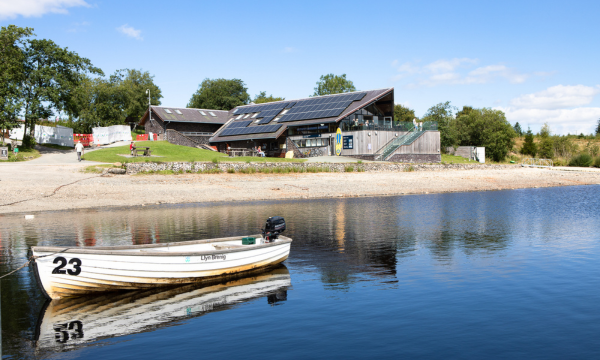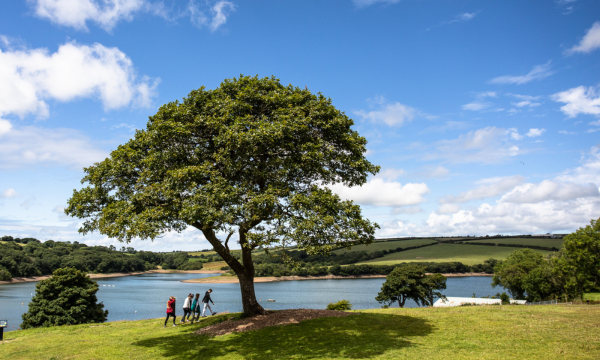Welsh Water’s five health, wellbeing and recreation hubs attracted almost a million visitors last year.
The water company runs five visitor attractions with the aim of “reconnecting you with the outdoors, water and environment”.
They include Elan Valley in Mid Wales, a 72 square-mile site which combines Victorian dams, reservoirs and a visitor centre. Elan Valley is an International Dark Sky Park.
Llyn Brenig in North Wales is a forested site with a trout fishery, cycle hire, adventure playground, visitor centre and café. Llyn Brenig is also home to rare nesting ospreys that can be seen from April to the end of August. It has 23km of shoreline stretching around one of the largest areas of inland water in Wales.
Llandegfedd Lake in Usk includes water sports, fishing, walking and wildlife watching, and has a restaurant and café.
Llys-y-Frân in Pembrokeshire reopened in June 2021 after an extensive refurbishment. It now offers a visitor centre, café, mountain biking, walking trails, water and land activities, fishing, adventure playground, and a cycle hub with 14km of cycle trails.

The newest visitor attraction is Lisvane and Llanishen Reservoirs in north Cardiff, which is a natural resource of significant ecological value and encompasses two Sites of Special Scientific Interest (SSSI) for waxcap fungi and overwintering birds.
A watersports programme there includes open-water swimming, sailing, canoeing, kayaking and paddleboarding. The site also includes a visitor centre and cafe.
Between April 2023 and the end of March this year the five attractions saw 940,000 visitors.

Sally Walters, Visitor Attraction Marketing Manager for Welsh Water, said:
“Our sites are very well used for health and wellbeing, for water sports and just generally for the community to get involved in what we do on the sites.
“As a public body Welsh Water is bound by the Wellbeing of Future Generations Act, and we need to comply with The Water Industry Act 1991, which requires us to ensure the water and land is made available in the best manner for recreational purposes.
“Our visitor centres play an important role in allowing us to connect with our communities, and they enable us to demonstrate our social value.
“Any income generated at the sites goes straight back into running them for the benefit of the communities around them.”
The visitor attractions are also used by businesses for staff volunteering days, which sees them get involved with environmental projects.
